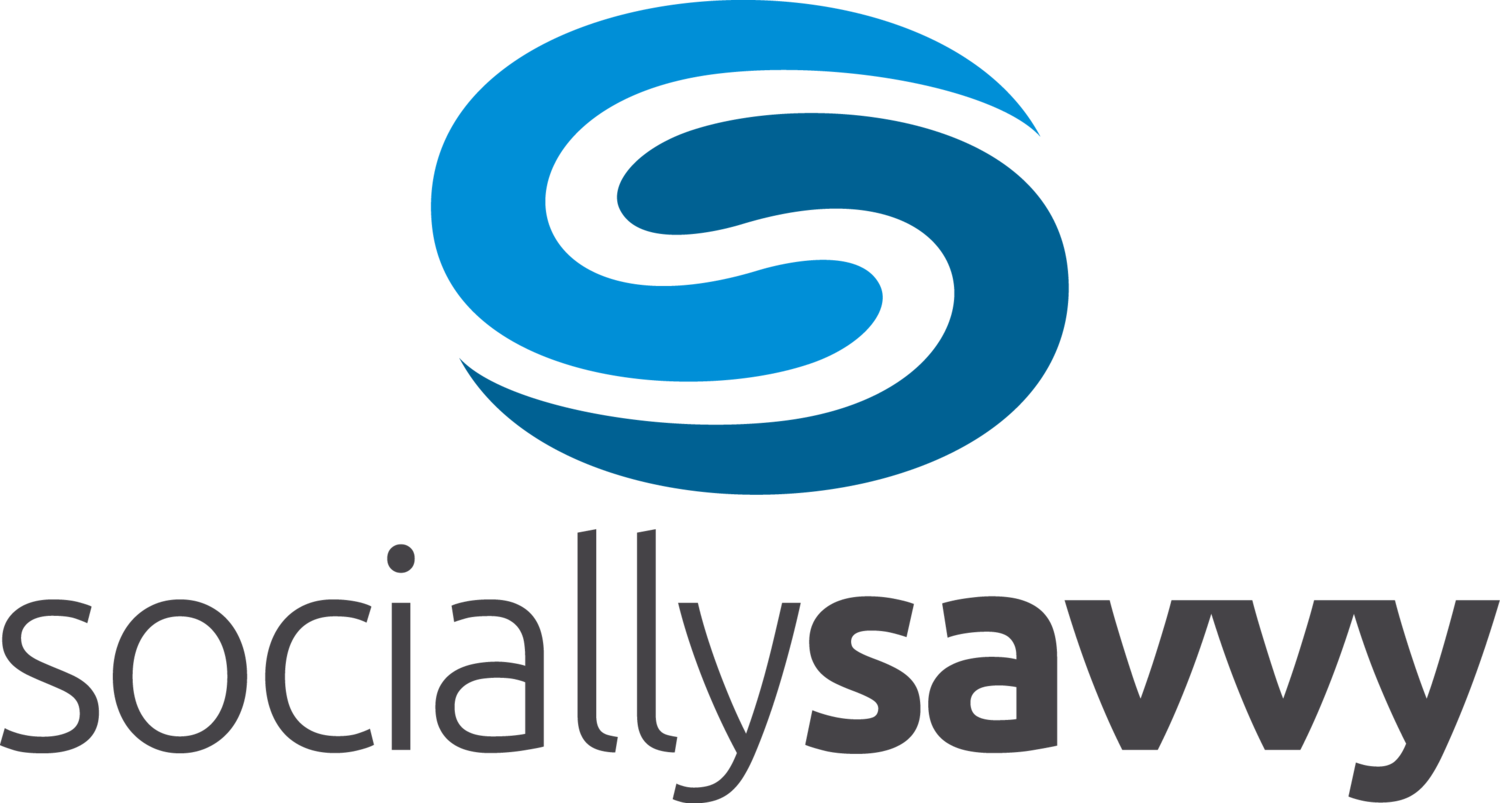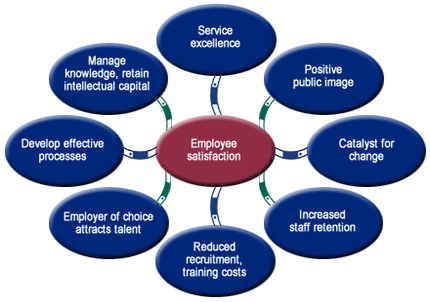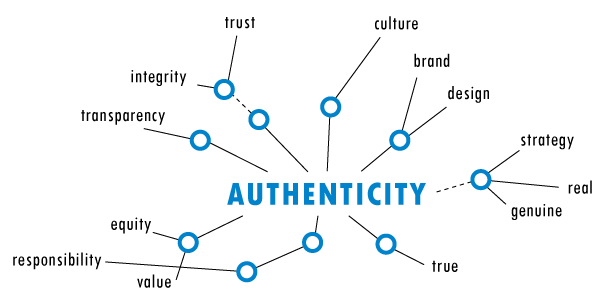The professional use of social media (aka social business) is mainstream and integral to future business success. But what if your organization is a laggard with no structured program? Or what if your firm is engaged in social business but is not seeing the results it desires?
The first step in any successful social business program should be to establish an executive leader and advocate team. This team’s mission will be to influence social business adoption by personnel across departments and the organization as a whole.
Once the team has been created, focus should then turn to employee brand building and social activation. Training employees in social business best practices and encouraging an increase in activity are the core activities to undertake in this step. The leadership demonstrated by the executive sponsor and the advocate team will influence others to participate. Communication of successes and challenges encountered will also foster interest and engagement across the enterprise.
Benefits of Investing in Employee Brand Building / Social Activation
Retention of valuable employees who are satisfied, engaged and productive
Attraction of new quality talent
Employees who feel more informed
Increased brand awareness through employee generated content
Quality engagement spurred by authentic communications
Improved employee and customer experience
As your organization begins its social business journey, work to internalize the attributes and behaviors of a healthy social business culture, including the following:
Conduct regular executive and employee advocate workshops to revisit the vision, mission, and plan.
Vet the social savviness of prospective hires.
Train new employees on social business practices during on-boarding.
Provide forums like lunch and learns or town halls for employees to share their experiences to enhance social judgment.
Evaluate social business metrics quarterly and make adjustments as needed.
Develop and regularly review your social business policy.
Social business maturity will not just happen within organizations. Process re-engineering is as much a part of social business as content creation, collaboration and creating incentives to influence employee behavior. Make sure to acknowledge the socially savvy in your organization, celebrate successes and communicate challenges. Transparency and being nimble in making changes are the cornerstones of a successful social business.
Take Aways
Begin or accelerate your employee social activation program. Train your people, teams, new employees and executives (to demonstrate leadership by example). Maintain quarterly lunch and learns and refresher training sessions.
Consider a formal or informal content / editorial review process. This may be as simple as peer-to-peer pairing or a mentor / mentee structure, or as formal as a workflow through compliance / regulatory channels in regulated industries.
Embrace collaboration and communication tools that accelerate the organization's social growth and maturity. Consider Slack or Gaggle AMP, or more robust tools such as a social collaboration platform.
Develop a social content and reference library from the get go. Providing a living, growing and evolving body of content and resources will help to both spur content generation and strengthen your knowledge base.
Experiment, take some risks and evaluate what is working. The time is now to engage and learn the right social media mix for your employees, products / services and business.




